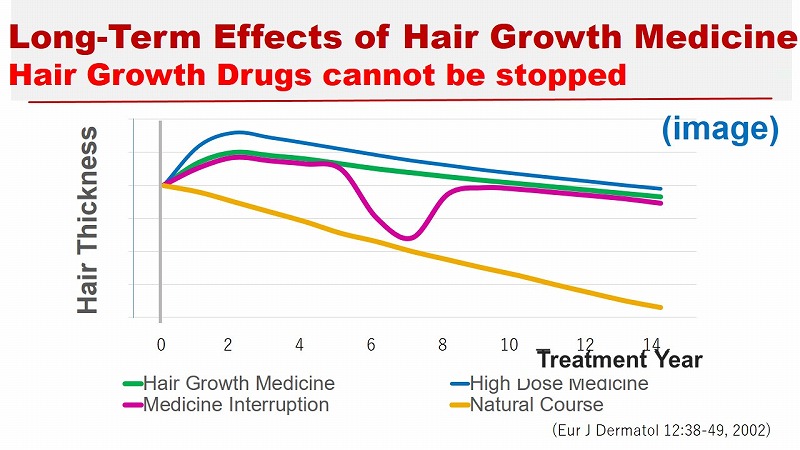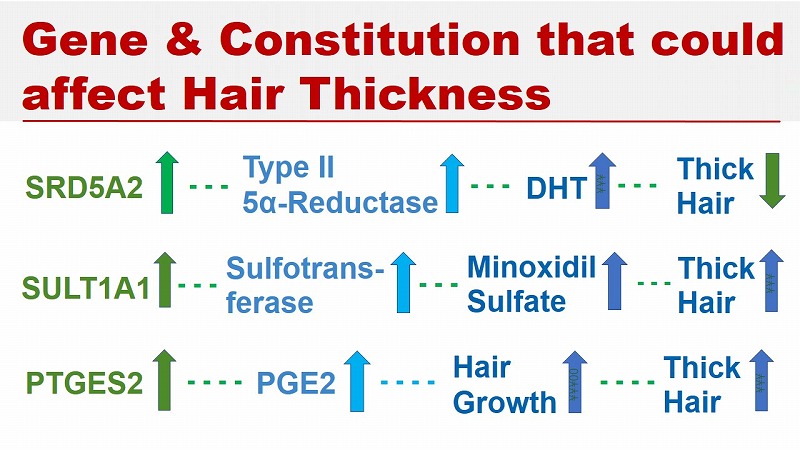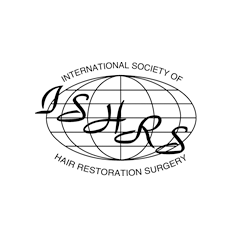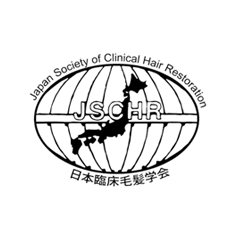Long-Term Effects of Hair Growth Medicine
Hair Growth Drugs cannot be stopped

A PURPLE LINE:
If people stop using hair growth drugs for more than 3-4 months, the effect of the drug will be lost. Hair turns into thin hair, which is their own natural state programmed by their genes.
No matter how many years people have ever used the hair growth medicine, the genes have not changed with the treatment. If the drug is discontinued, the effect of the drug will disappear.
People will be surprised by massive hair shedding during 3-4 months without hair growth drugs, and they will panic.
Hair turns into natural thin hair with age that is programmed by the genes in this relatively short period of time.
If people immediately resume the use of hair regrowth drugs, then the hair thickness will be restored to the previous level in about 6 months. It takes longer to regain the density of the hair than to lose the thickness of the hair.
In the end, the hair thickness returns to the previous thickness in 6 months. (a purple line)
For example, even if you forget to take the hair growth medicine for 2-3 weeks while on a business trip, you don’t have to worry about it. You can keep your hair thick as long as you resume taking the drug after you go back home.
Hair thickness will be maintained, if you do not stop the drug.
If you do not immediately resume the hair regrowth drugs, the hair thickness may not recover to the previous level. Delays in the resumption of hair regrowth medicine can lead to insufficient recovery of hair density.
You may then suffer from unsatisfactory hair thickness thereafter, if you restart the drug after a long pause.
That means that hair growth medicine cannot be stopped for the rest of your life.
Hair regrowth drugs work effectively only during use.
It is not possible to stop the progression of thinning hair with aging. We can only slow down the natural progress of hair thinning. It is the effect of hair regrowth medicine.
Maintaining existing hair thickness is the most important goal of hair regrowth treatment.
Genes and Constitution that could affect Hair Thickness

More than 200 genes have been identified as genetic factors that can affect hair loss.
The three most important of them are SRD5A2, SULT1A1 and PTGES2.
SRD5A2 is a gene encoding the human 5α-reductase type II enzyme.
The higher activity of the 5α-reductase type II enzyme results in higher DHT levels, which leads to the progression of hair loss due to AGA.
SULT1A1 gene is associated with the enzymatic activity of sulfotransferase, which converts minoxidil to its active form of minoxidil sulfate. An increase in the level of minoxidil sulfate results in an increase in hair thickness and density.
The low enzyme activity of sulfotransferase leads to a decrease in responsiveness to minoxidil, which can be found in about 20% of the population.
PTGES2 gene is involved in the activity of the PTGES2 enzyme. Fibroblasts produce PGE2 and increase hair thickness.
The PTGES2 gene encodes the synthesis of PGE2, which induces hair growth.
Gene Analysis:
SRD5A2, SULT1A1 and PTGES2 Genes

Analysis of the SRD5A2, SULT1A1, and PTGES2 genes provides us with information on the genetic predisposition of individuals to hair growth treatment with 5α-reductase inhibitors and minoxidil.
Analysis of these genes may allow patients to know whether they are responders or non-responders to finasteride, dutasteride, and minoxidil.
In this way, you will be able to choose the most effective hair regrowth medicine for yourself before the hair loss treatment.
Genetic analysis may make it possible to treat hair loss patients individually.
Customized treatment of hair loss may become possible in the near future.











